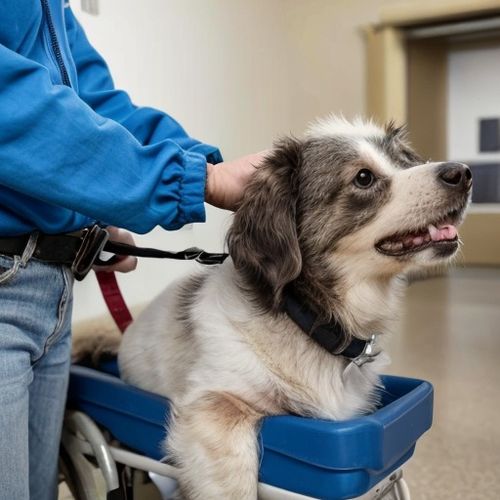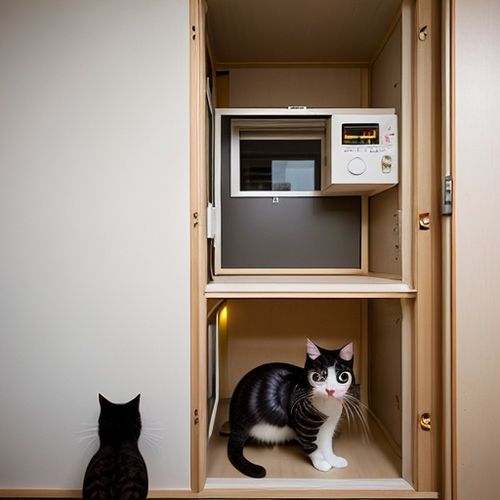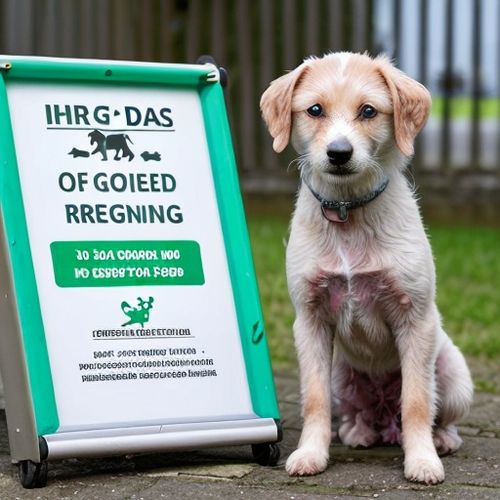The management of domestic dogs in koala habitats across Australia has become an increasingly pressing issue for wildlife conservationists, local councils, and pet owners alike. As urban expansion encroaches upon native bushland, interactions between domestic canines and vulnerable koala populations have sparked urgent debates about responsible pet ownership and habitat protection. The delicate balance between preserving Australia's iconic marsupials and maintaining the rights of dog owners presents complex challenges that require nuanced solutions.
Across eastern Australia, particularly in Queensland, New South Wales, and Victoria, reports of dog attacks on koalas have risen steadily over the past decade. Wildlife hospitals in these regions routinely treat koalas with severe injuries consistent with canine attacks, including puncture wounds, broken bones, and traumatic stress. Many of these incidents occur in suburban fringe areas where residential properties border eucalyptus woodlands - prime koala territory. The consequences are particularly devastating given the koala's vulnerable conservation status, with populations declining sharply due to habitat loss, climate change, and now, increasing threats from domestic pets.
Local governments have implemented various strategies to mitigate these conflicts, with differing degrees of success. Some councils have introduced strict leash laws in identified koala zones, while others have established designated off-leash areas well away from known koala habitats. Innovative solutions such as koala-proof fencing and wildlife corridors have shown promise in separating canine and koala populations, though these measures require significant investment and community support. Enforcement remains challenging, with many residents either unaware of the regulations or resistant to restrictions on their pets' movements.
The behavioral aspects of canine-koala interactions reveal a complex dynamic. Dogs often chase koalas not out of predatory instinct but from curiosity or play behavior, unaware of the devastating consequences for the slower-moving marsupials. Koalas, when threatened, typically freeze or climb higher into trees - strategies effective against natural predators but disastrous when facing domestic dogs. This mismatch of evolutionary adaptations and modern threats underscores the need for human intervention to prevent these tragic encounters.
Education campaigns have emerged as a critical tool in changing community attitudes. Wildlife organizations collaborate with veterinary practices to distribute information about responsible pet ownership in koala areas. School programs teach children about keeping dogs contained at night when koalas are most active. Some communities have established "koala-safe dog" certification programs that reward owners who complete training about wildlife protection. These initiatives aim to foster a sense of shared responsibility for protecting native wildlife while maintaining the human-canine bond.
Technological solutions are being explored to enhance traditional management approaches. GPS tracking collars for dogs help owners monitor their pets' movements near koala habitats. Some councils are trialing smart camera systems that detect when unleashed dogs enter protected zones, alerting rangers to potential conflicts. Mobile apps now allow residents to report koala sightings, helping authorities identify high-risk areas that require additional protection measures. While promising, these technologies must be balanced against privacy concerns and implementation costs.
The legal framework surrounding dog management in koala habitats varies significantly between states and territories. Queensland's Nature Conservation Act provides strong protections for koalas, allowing for substantial fines when dogs harm protected wildlife. Other jurisdictions rely more on local council regulations, creating a patchwork of rules that can confuse residents living near state borders. Legal experts argue that consistent nationwide standards could improve compliance, though achieving political consensus on such measures remains challenging.
Veterinary professionals play an often-overlooked role in mitigating canine-koala conflicts. Progressive vet clinics in koala zones now incorporate wildlife awareness into routine pet consultations, advising owners about containment strategies and behavioral training. Some practices offer discounted desexing and microchipping for dogs in koala areas, recognizing that unplanned litters and unidentified strays pose particular risks to wildlife. This grassroots approach complements broader regulatory measures by addressing the issue at the individual pet owner level.
Indigenous knowledge systems are increasingly being recognized as valuable resources in dog management strategies. Aboriginal communities in koala country have lived alongside both canines and koalas for generations, developing nuanced understandings of their interactions. Some conservation projects now incorporate traditional fire management practices that maintain open understory in eucalypt forests, reducing the dense vegetation where dogs can ambush koalas. This blending of ancient wisdom with modern conservation science offers promising pathways forward.
The economic dimensions of dog management in koala zones cannot be ignored. Local economies benefit from both koala-related tourism and the thriving pet care industry, creating competing interests. Some regions have developed innovative solutions, such as "koala-safe" certification for dog-friendly accommodation providers who implement strict containment measures. Insurance products that cover wildlife veterinary costs for dog owners demonstrate how market mechanisms can encourage responsible pet ownership while supporting conservation goals.
Looking ahead, climate change adds another layer of complexity to canine-koala management. As drought and bushfires force koalas into more urbanized areas in search of food and water, encounters with domestic dogs are likely to increase. Adaptation strategies must account for these shifting dynamics, potentially requiring more flexible zoning approaches that can respond to changing wildlife movement patterns. Some experts advocate for "climate corridors" that would allow koalas to migrate safely while minimizing contact with domestic pets.
The psychological impact on dog owners involved in koala incidents represents an often-overlooked aspect of this issue. Many owners experience profound distress when their pets harm wildlife, even unintentionally. Support services that help owners process these events while educating them about prevention could reduce repeat incidents. This compassionate approach recognizes that most dog owners want to do the right thing but may lack the knowledge or resources to prevent conflicts effectively.
International perspectives offer valuable lessons for Australian communities grappling with these challenges. Similar conflicts between domestic pets and wildlife occur globally, from cats preying on native birds in North America to dogs threatening penguin colonies in South Africa. Comparative studies reveal that the most successful programs combine clear regulations, community engagement, and habitat modification. Australia's unique situation with koalas requires tailored solutions, but these global examples provide useful frameworks for action.
Research continues to refine our understanding of effective management strategies. Ongoing studies track koala movement patterns using GPS collars, identifying high-risk zones that require targeted interventions. Behavioral scientists examine which dog breeds and personalities pose the greatest risks, helping to develop breed-specific management approaches. Veterinary pathologists analyze trauma patterns in attacked koalas to improve treatment protocols. This growing body of knowledge informs increasingly sophisticated management strategies.
Ultimately, the challenge of dog management in koala habitats reflects broader tensions between urban development and wildlife conservation. As Australia's population grows and housing demands increase, finding sustainable ways to coexist with native species becomes ever more critical. The solutions will likely require compromise from all stakeholders - developers accepting habitat protection measures, dog owners embracing responsible pet practices, and conservationists acknowledging the importance of pets in people's lives. Through collaborative effort and innovative thinking, Australia can protect its iconic koalas while maintaining the cherished human-canine bond.

By Sarah Davis/Apr 14, 2025

By James Moore/Apr 14, 2025

By Victoria Gonzalez/Apr 14, 2025

By Christopher Harris/Apr 14, 2025

By Megan Clark/Apr 14, 2025

By Benjamin Evans/Apr 14, 2025

By Emily Johnson/Apr 14, 2025

By Laura Wilson/Apr 14, 2025

By Victoria Gonzalez/Apr 14, 2025

By John Smith/Apr 14, 2025

By Jessica Lee/Apr 14, 2025

By Noah Bell/Apr 14, 2025

By John Smith/Apr 14, 2025

By Benjamin Evans/Apr 14, 2025

By Ryan Martin/Apr 14, 2025

By Megan Clark/Apr 14, 2025

By John Smith/Apr 14, 2025

By Natalie Campbell/Apr 14, 2025

By Noah Bell/Apr 14, 2025

By Lily Simpson/Apr 14, 2025